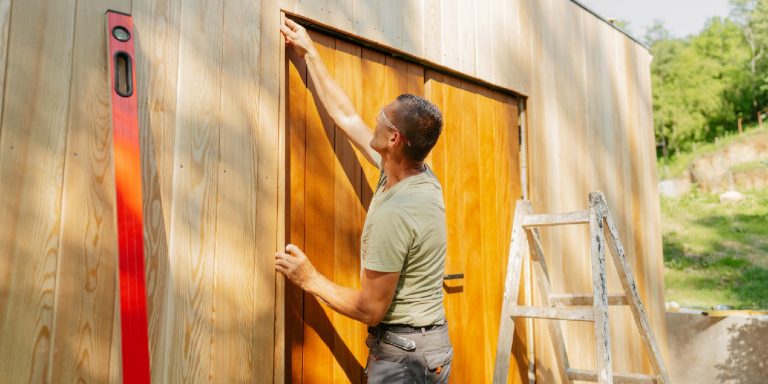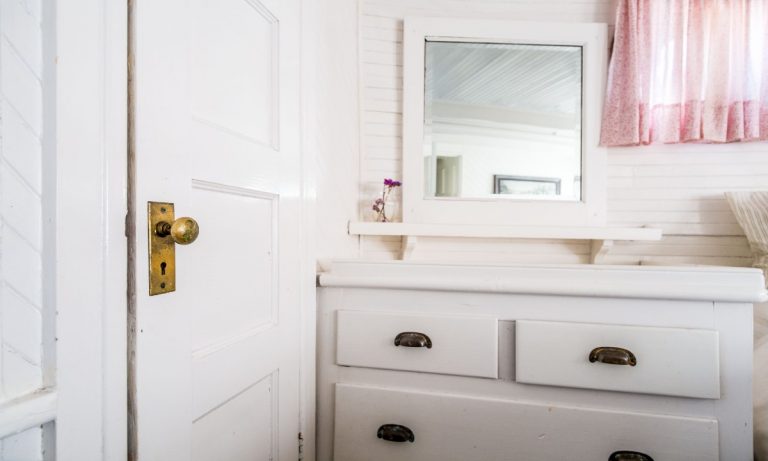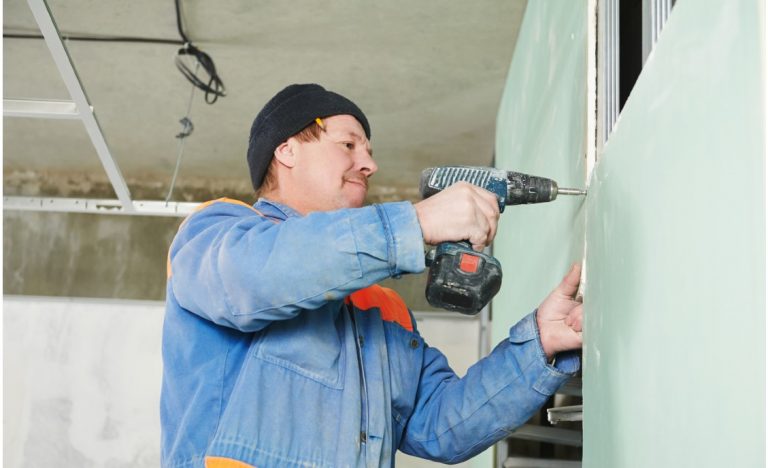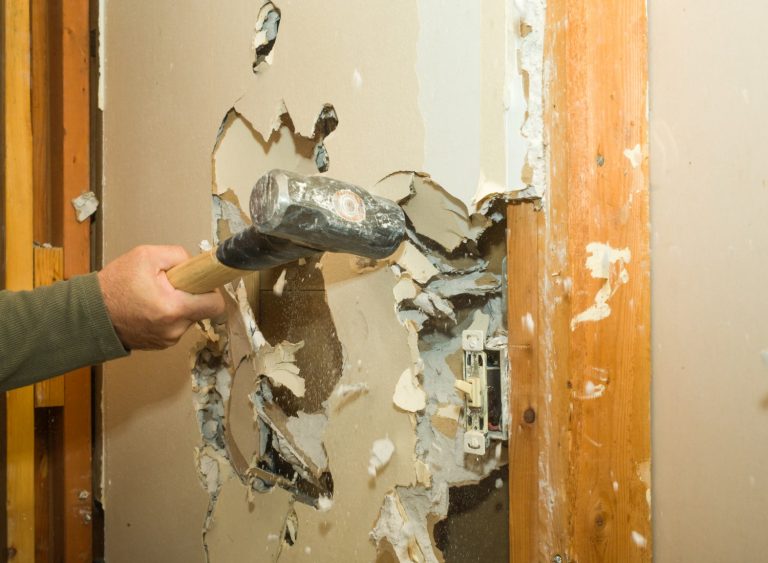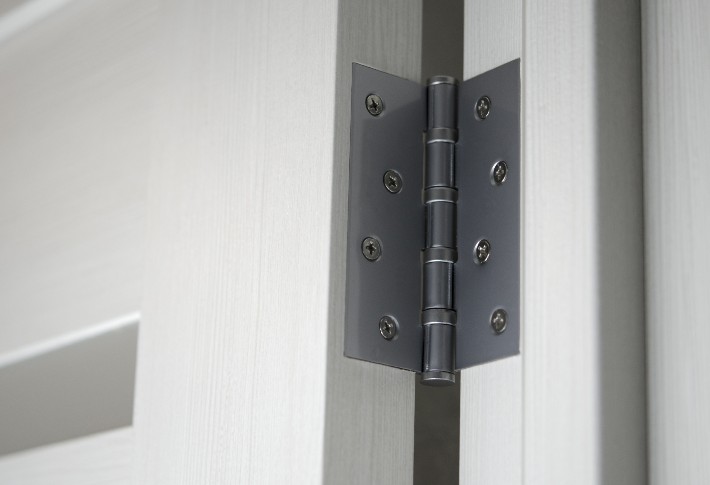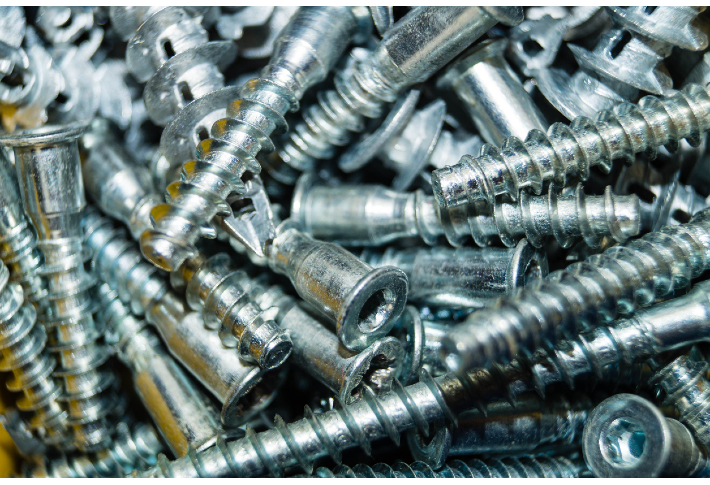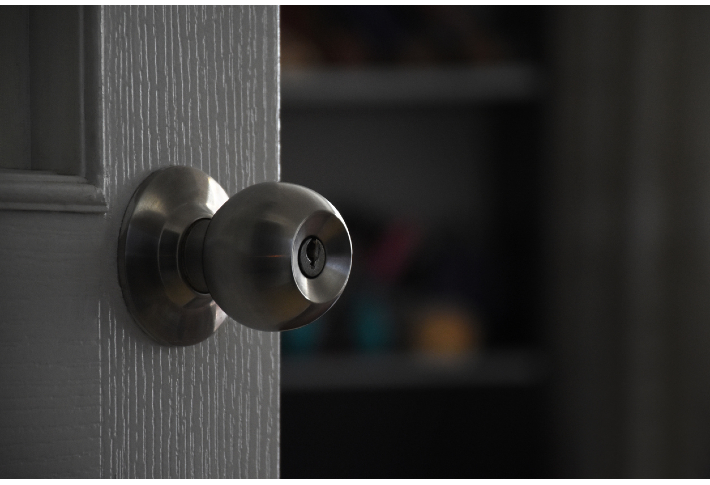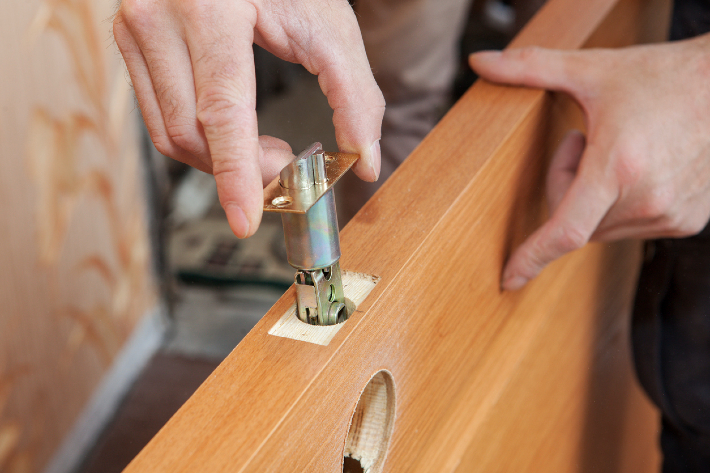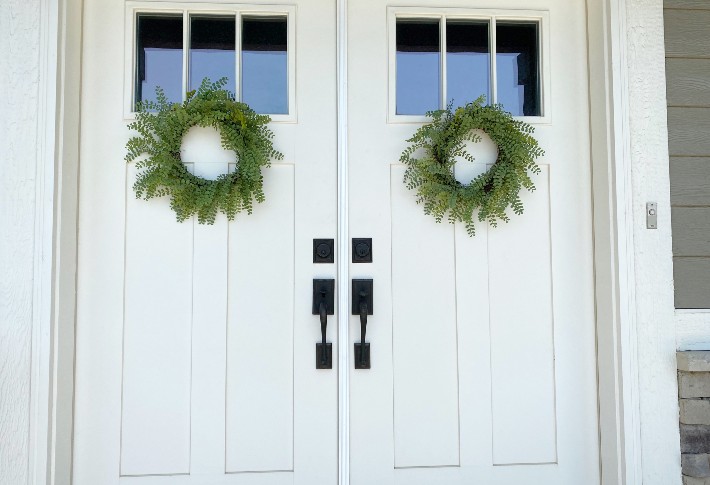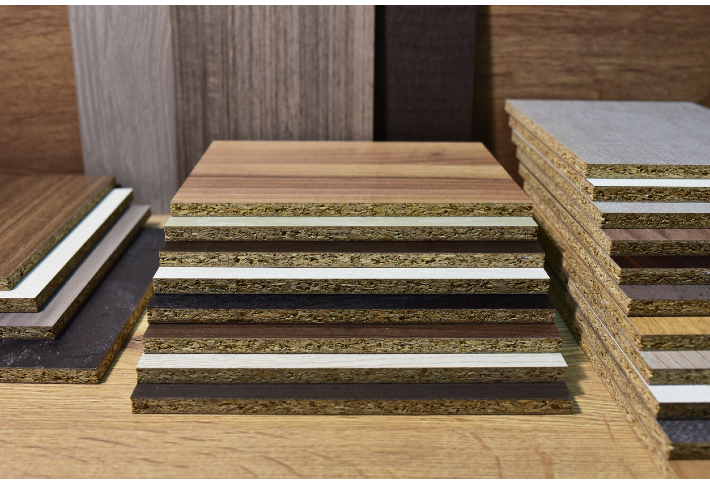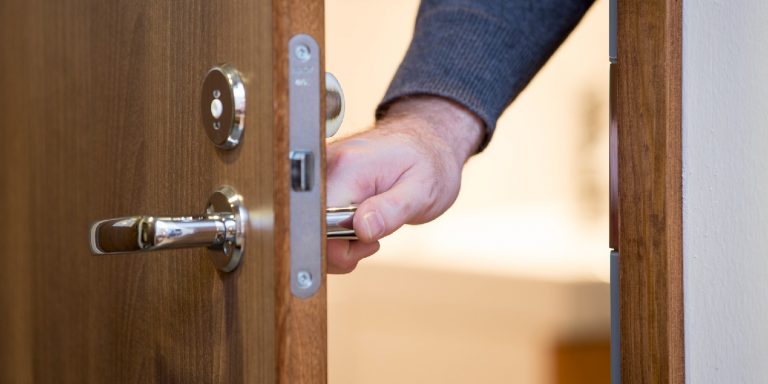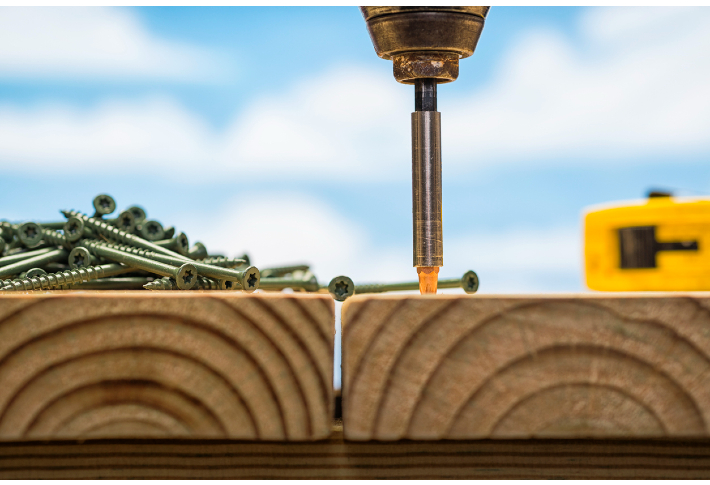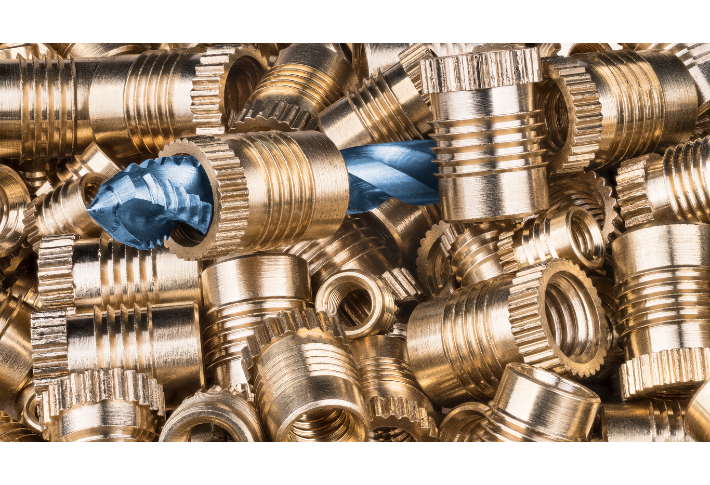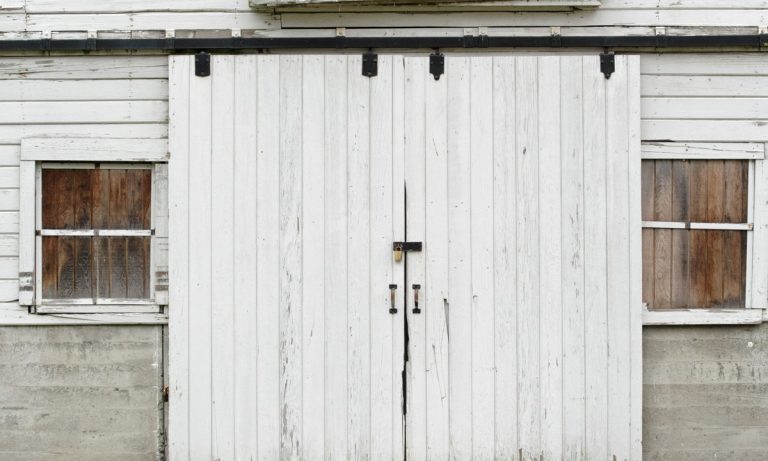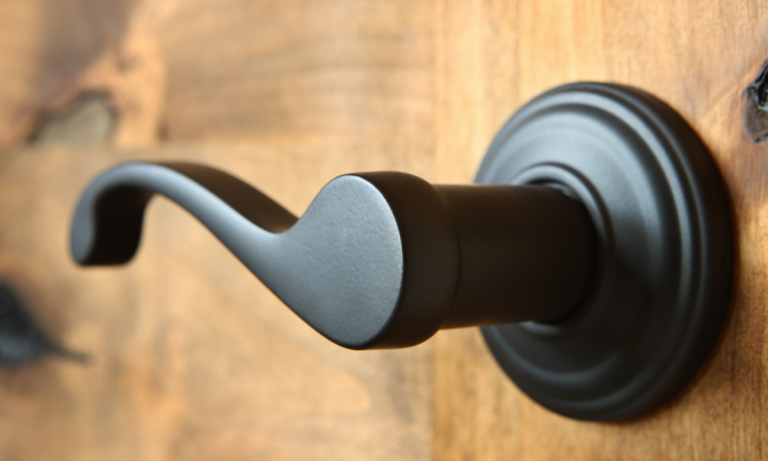Woodworking Hardware
Hardware is the flesh and bones of any home. Everything from door frames to wiring to the front door plays an important role in managing energy costs and keeping your home secure. Whether you want to update some aesthetics or improve your home security we made it easy to find exactly what you’re looking for. Our experts put together lists of the best hardware on the market from front doors to threaded inserts, so you can find the right hardware and get to work.
Updated April 11, 2024
Want to power up your small appliances while saving on energy? Check out some of the top-rated low voltage wires of 2024 for a safer connection.
Updated April 2, 2024
Discover how to build a custom barn door in five simple steps. This DIY project adds character and functionality to your home decor.
Updated March 27, 2024
Discover the essential parts of a door knob and learn how to replace or repair them. Restore the functionality and security of your doors with this helpful guide.
Updated March 21, 2024
Are you looking to add some character to your home but don't have the hefty budget to do so? Try making your own door knobs instead!
Updated March 20, 2024
The leading veneer edge banding of 2024 will help you conceal any rough edges and put the finishing touch on your next project.
Updated March 20, 2024
Organize your workshop like a pro with these expert tips. Declutter, optimize storage and enhance safety for a productive space.
Updated March 14, 2024
Although drywall installation is fairly straightforward, a little guide goes a long way. Learn how to effectively use a drywall installation kit.
Updated March 13, 2024
Learn how to safely demolish sheetrock and drywall in our comprehensive guide. Discover the step-by-step instructions and essential safety precautions.
Updated March 1, 2024
Door hinges are an essential part of every home. Get your hands on the leading door hinges of 2024 with the help of this guide.
Updated March 1, 2024
A cross dowel is an accommodative bolt and nut that keeps your furniture assembled. Here are the top cross dowels in 2024!
Updated March 1, 2024
Do you want to make your door stand out? We've broken down the most distinctive door knobs of 2024 just for you.
Updated March 1, 2024
One of the first lines of defense against home invasion is a great lock. Check out our list of quality door lock installation kits in 2024!
Updated March 1, 2024
Keep yourself and your loved ones well protected in your safe haven with the top-rated front door handles of 2024.
Updated March 1, 2024
Whether you are an artist who enjoys playing with colors or a woodworker, the top hardboards in 2024 can assist you in creativity.
Updated February 1, 2024
Every detail counts when it comes to your home. Learn about the different types of door knobs and where to install each in this blog.
Updated January 16, 2024
Deck screws are great for joining materials together, so choose the right ones. The following guide will assist you in selecting the best.
Updated January 8, 2024
Buying threaded inserts is not easy as many types are available in the market. We have created a list of the top threaded inserts in 2024.
Updated December 19, 2023
by Editor
Mounting hardware but can’t find the metal fasteners? Try these tricks to quickly find the fasteners and not fill your wall with unnecessary holes.
Updated November 1, 2023
Barn doors may have originated for farmers, but now they are a trendy new way to add visual appeal to any interior. Learn more about them!
Updated June 22, 2023
Trying to replace or upgrade the knob on your front door? Here are some helpful tips on how to choose the right front door knob.


